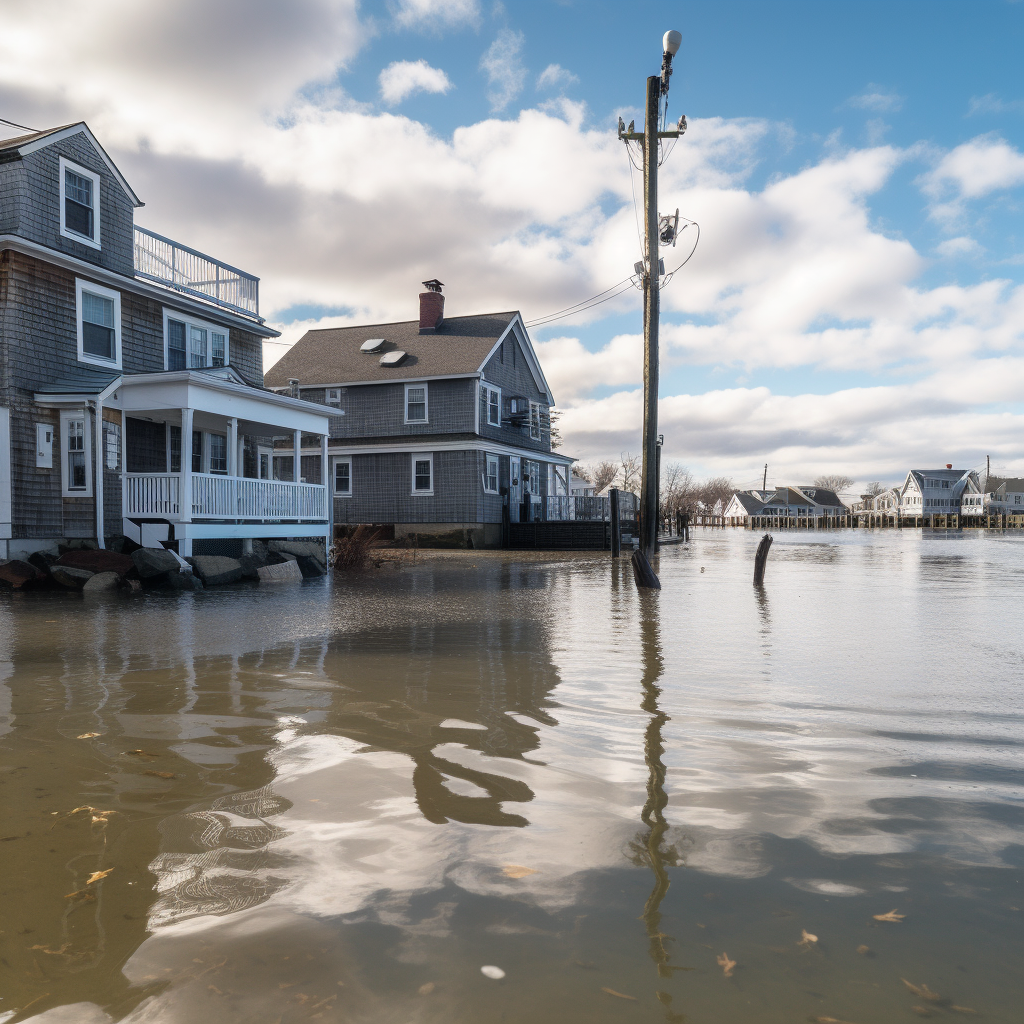
Rising sea levels are rapidly becoming an urgent problem for coastal communities across the United States. An increasing number of high-tide flooding events is the grim reality as sea levels continue to rise, putting communities along coasts and rivers near the sea at higher risks. This problem is not confined to a single region; it spans the entire American coastline and beyond.
According to the National Oceanic and Atmospheric Administration (NOAA), the Atlantic Coast is predicted to experience a 9-14 day increase in high-tide flood days compared to the year 2000. This stark increase is not a distant future prediction, but an issue that is already causing significant impacts. For instance, within just the first few weeks of this year, high tide records were set in Maine, coastal flooding was reported across 17 states, and Rhode Island saw its worst coastal erosion since the devastating Superstorm Sandy.
In response to these alarming trends, local, state, and federal governments are banding together to tackle the problem. Efforts are underway to protect and restore coastal wetlands, which serve as natural barriers against the sea. Governments are also investing in coastal mapping projects in an attempt to predict and mitigate the impacts of rising sea levels.
One of the most dramatic examples of this escalating issue can be seen in Charleston, South Carolina. Flooding events in this coastal city have increased dramatically since 1950, and predictions indicate that this trend will continue to rise. This situation is far from unique, with several other U.S. coastal cities, including Boston, New Orleans, and San Francisco, experiencing similar challenges.
These cities are not just dealing with rising sea levels, but also land subsidence, which exacerbates sea level rise complications. The main cause of this land subsidence is groundwater extraction and sediment compaction. These are factors that are often not fully represented in flood models, making it even more difficult to accurately predict and prepare for future events.
The potential consequences of these trends are startling. Nearly 40% of the U.S. population living near the coast could face significant structural damage due to flooding. This highlights the inadequacy of current hazard mitigation efforts and underscores the urgent need for more robust and comprehensive strategies to protect our coastal communities from the rising tide.
Science4Data is committed to cut through greenwashing and measure real impact. Join the journey to a sustainable future. Your actions matter.






